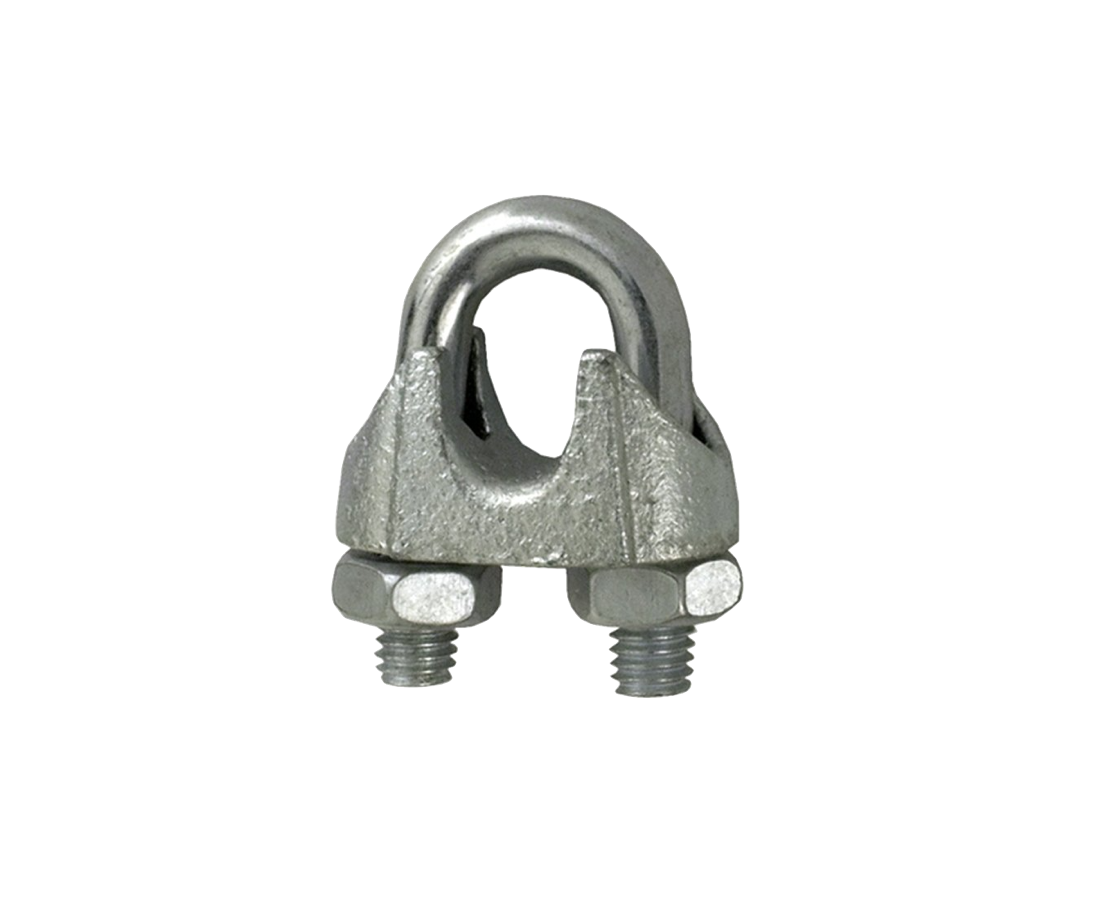News
Aug . 20, 2024 01:05 Back to list
Supplier Capacity for 1/2 Inch Eye Bolt and Specifications Overview
Understanding Supplier 1/2 Eye Bolt Capacity
Eye bolts are essential components used in various applications across industries, from construction to maintenance and rigging. The supplier 1/2 eye bolt refers to a specific size of eye bolt that has a diameter of 1/2 inch, and understanding its capacity is vital for ensuring safety and efficiency in its application.
What is an Eye Bolt?
An eye bolt is a type of fastener with a circular loop (eye) at one end, which allows it to be securely attached to ropes, cables, or chains. These bolts come in different sizes and materials, providing varying load capacities suited for different applications. The threaded portion of the eye bolt enables it to be screwed into wood, metal, or other materials, giving it versatility in various fastening scenarios.
Capacity and Load Ratings
The capacity of an eye bolt is primarily determined by its material, size, and shape. For 1/2 inch eye bolts, the load capacity can differ based on factors such as whether the bolt is forged or cast, the grade of the steel used, and how the load is applied (vertical, horizontal, or at an angle).
Typically, the working load limit (WLL) of a 1/2 inch eye bolt can range from 1,200 to 2,000 pounds, depending on its design and manufacturing standards. However, it is imperative to consult the manufacturer's specifications to ascertain the exact load capacity to ensure safety during usage. Exceeding this capacity could lead to equipment failure, accidents, and potential injuries.
Factors Affecting Eye Bolt Capacity
supplier 1/2 eye bolt capacity

1. Material Eye bolts are commonly made from steel, stainless steel, or alloy materials. Steel eye bolts usually possess high tensile strength and can support substantial loads, while stainless steel variants offer additional resistance to corrosion.
2. Threading and Installation Proper installation is crucial for achieving maximum capacity. Ensuring the threads are engaged deeply into the base material, and that the eye bolt is not overloaded or misaligned can prevent failures. The orientation of the load also significantly affects the capacity; vertical loads bear the maximum strength, while side loads may decrease capacity.
3. Casting vs. Forging Eye bolts can be either forged or cast. Forged eye bolts typically offer better strength and ductility, making them preferable for high-load applications. Conversely, cast eye bolts may be more brittle and prone to failure under stress.
Best Practices in Usage
To utilize a 1/2 inch eye bolt safely and effectively, adhere to these best practices
- Always verify the manufacturer's specifications for load capacities and installation guidelines. - Inspect eye bolts regularly for signs of wear, deformation, or corrosion. - Use appropriate rigging techniques, ensuring that loads are applied vertically whenever possible. - Avoid using eye bolts that have been subjected to excessive loads or conditions beyond their specifications.
Conclusion
In summary, the capacity of a supplier 1/2 eye bolt is a critical factor in its functionality and safety. By understanding the influences on its load rating, properly installing and regularly inspecting the eye bolts, users can ensure safe and efficient application in their respective operations. Always prioritize safety and adhere to the manufacturer's guidelines to prevent accidents and equipment failures. Proper knowledge and practices surrounding eye bolts are essential for anyone involved in lifting or securing loads safely.
